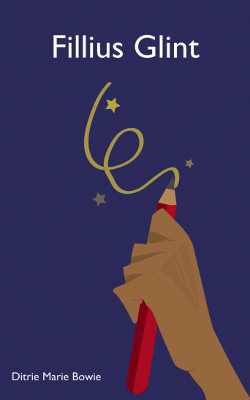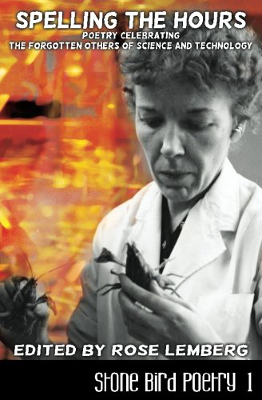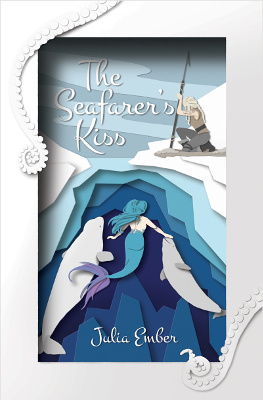 First Published: 31st January, 2017
First Published: 31st January, 2017
Genre: Science Fantasy / Novel
Available: Amazon.com | Amazon UK
A universe is attacked by hackers who want to destroy it. Meanwhile in the universe, three people find some magical colouring pencils.
There are four viewpoint characters and a frame story. The frame is a family where the children are growing universes. When hackers attack the home network, Nancy loses most of her universes. The one that remains is where most of the story takes place.
Fillius has quite a bit of viewpoint time, showing the lead up to the main story events. He was raised in the gender-neutral religion of Zorda. Everyone uses Spivak pronouns, which is briefly explained at the start of the book. People with breasts bind them. The aim is to be as genderless as possible, in honour of the deity. I had issues believing all this, because the Zords are very binary for a gender-neutral cultural group. When they do gendered things, it is based on where they would be assigned in a binary society. So if they would be assigned female at birth, they might wear a dress or makeup. They also have names to indicate that, just with a letter cut off the end, rather than using truly gender-neutral naming conventions (Clar/Clara, Nor/Nora, Belind/Belinda).
On my first read, it gave the impression that being non-binary was a sham and that no one was really non-binary. On a second read, I can see it might be intended to show Fillius’s issues. He decides he’s a man based on his genitals. He starts misgendering other Zords. Everything he sees is filtered through this perspective. It’s also possible the names are due to more recent converts altering their names. However, this is the first introduction to anyone non-binary in the book, and the only time the Zords are shown living in a community, so I remained uncomfortable with it even after seeing it in the context of the full story.
Fortunately, the other viewpoint characters are more interesting and don’t fall into this as much. Their story happens in the present in the universe, as each of them picks up a magic crayon.
Luiz is recovering from breaking up with his girlfriend by taking a lot of drugs. He’s also in trouble with a business associate. I liked that his story deals with issues facing people of ethnic minorities in a majority culture.
Calliya is a shaman who lives alone in the forest and has control over elements. This introduces another religion and culture. I also liked how it highlights the ridiculousness of some of the worldbuilding, such as the trees with tacos growing on them. I could imagine a child growing a universe like this.
Nor is a Zord living outside of a Zord community. Unlike the Zords in Fillius’s sections, it’s clear Nor really is non-binary. Ey faces issues like gendered changing rooms. Ey competes in a sport that splits people by weight class, rather than gender, to avoid some of those issues. Nor is very honest and open, to the point that when things get weird, ey just tells eir coach plainly what’s going on, magic crayons and all. There is some misgendering of Nor by the others initially, particularly from Luiz, but this is something that self-corrects. It’s rare to have characters get it wrong, realise they were wrong, and start getting it right, without being told to do that.
Once I got past Fillius’s initial sections, I did enjoy the book overall. The setup and plot are unique. The protagonists contrasted well with each other. It presents a world that’s fanciful, yet also complicated in a realistic way, with different cultures and how they interact. The main weakness was the Zords, because outside of Nor, it didn’t hold together for me as a gender-neutral society.
[A copy of this book was received from the author for review purposes]
 Full Title: Spelling the Hours: Poetry Celebrating the Forgotten Others of Science and Technology
Full Title: Spelling the Hours: Poetry Celebrating the Forgotten Others of Science and Technology Series: Chameleon Moon, #1
Series: Chameleon Moon, #1 Series: Wayward Children, #1
Series: Wayward Children, #1 First Published: 4nd May, 2017
First Published: 4nd May, 2017